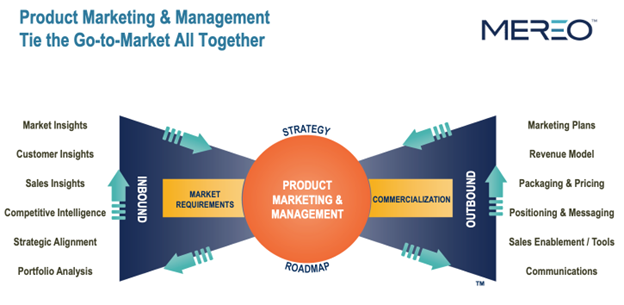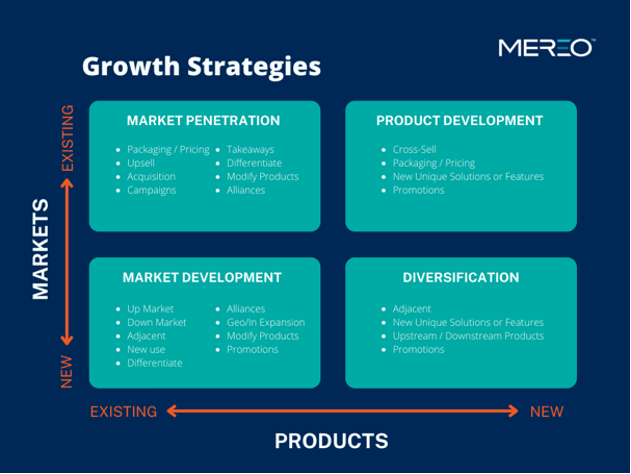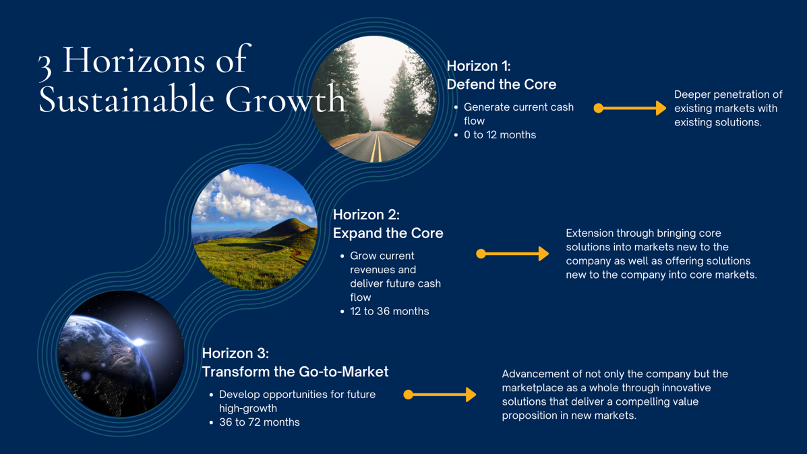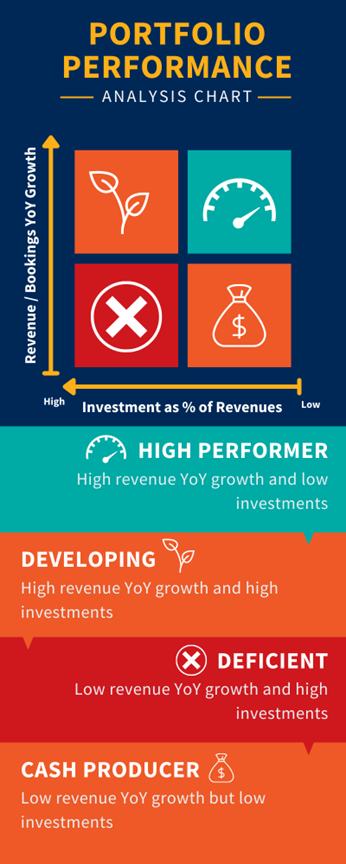When selling teams have their ear to the ground to hear real pains, real expectations and real feedback from their end users, everything from their messaging to their actual product’s value will improve.
Yet it is no easy feat to always hear this voice. And artificial intelligence (AI) has provided selling organizations tantalizing tools that simulate the voice of the customer (VOC) with greater ease. While AI has undoubtedly revolutionized various aspects of business operations for the better, we also need to acknowledge the potential drawbacks that come with this technology.
Nothing can replace the true VOC. And in 2023, I witnessed several situations where an overreliance on AI in lieu of the real VOC posed significant challenges for sales and marketing teams.
A VOICE OF CUSTOMER WORD OF CAUTION
In 2023, an organization based in Asia wanted to launch in the United States. Instead of putting in the work of learning the local nuances and needs of this new market segment, their leadership set their Asia-based marketing teams up with AI tools. The resulting messaging and campaigns were atrocious. They not only missed the mark with speaking to their new target buyers — they likely gave a negative impression of the company.
Sales and marketing teams across all industries and geographies must realize that AI does not equal high accuracy or quality. As businesses increasingly rely on AI algorithms to generate content, uncover insights and make critical decisions, leading experts have grown louder in their warnings about the lack of accuracy and reliability of these automated systems. The lack of human intuition and understanding of AI results in errors or misinterpretations in customer interactions, potentially damaging relationships with both existing and prospective buyers / customers.
AI can also inundate selling teams with information overload. With an abundance of data available at their fingertips, sales and marketing teams struggle to filter relevant insights or prioritize tasks effectively. All this leads to inefficiencies in decision-making.
While AI undoubtedly offers tremendous benefits in terms of efficiency and productivity, striking a balance between automation and human expertise is crucial. Sales and marketing teams must recognize that while AI can provide valuable support, human intuition, creativity and emotional intelligence are irreplaceable when it comes to building meaningful and trustworthy connections with buyers. And the best source of the voice of the customer still comes direct from the source.
EMPOWER YOUR TEAMS WITH THE TRIED-AND-TRUE
Help your sales and marketing teams find the balance between AI and human expertise. Embrace AI for what it is — another tool. And remember the tried-and-true sales and marketing fundamentals, from buying committees to target profiles, buyer forums and more, that give your teams a true line into the VOC. Seek to Serve, Not to Sell® can be your team’s guiding light. Learn the Seek to Serve™ approach for AI and selling today.
*Note, a version of this article first appeared in Top Sales Magazine.














